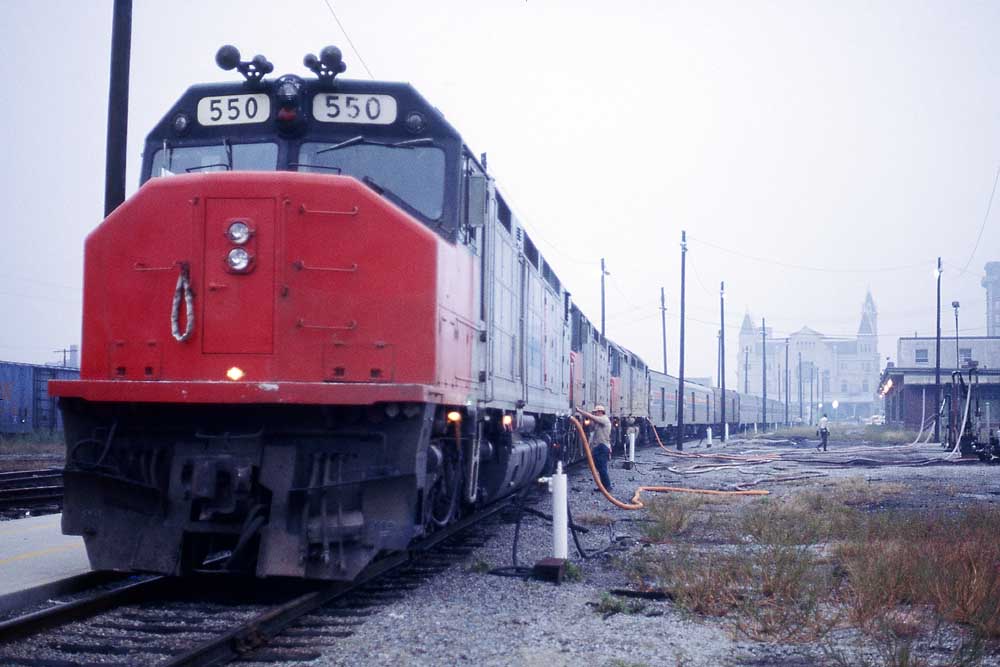
The current era of transition for Amtrak’s roster harkens back to motive power that shaped the passenger rail carrier — for better or for worse. Excluding EMD F40PHs, as they’re in a league of their own, here are five memorable Amtrak locomotives. SDP40F Initially rolled out in 1973, the SDP40Fs became the […]
Read More…
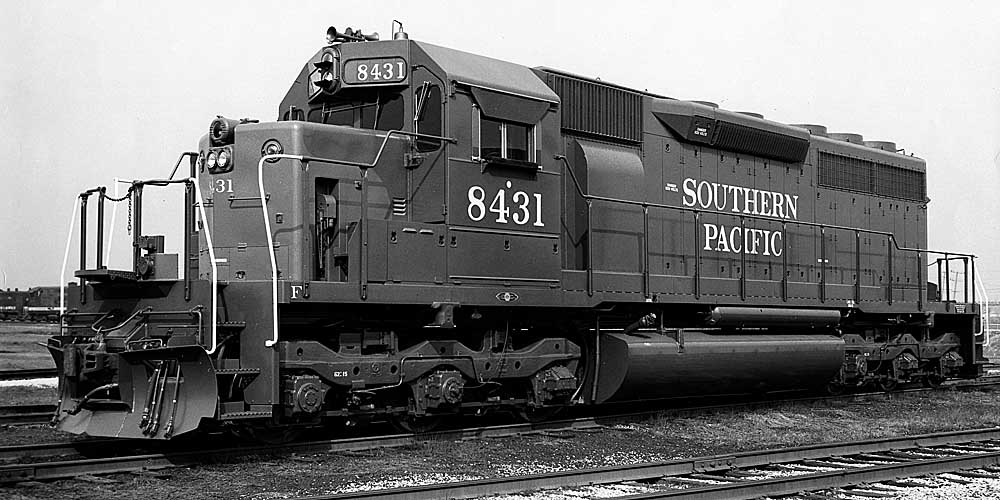
Although a latecomer to the hood unit market, EMD became the dominant builder of road switchers with the GP7. Dynamic brakes are indicated by a protruding housing (“blister”) with grids atop the middle of the long hood, with rooftop cooling fans above it. The radiators are at the end of the hood, with an intake […]
Read More…
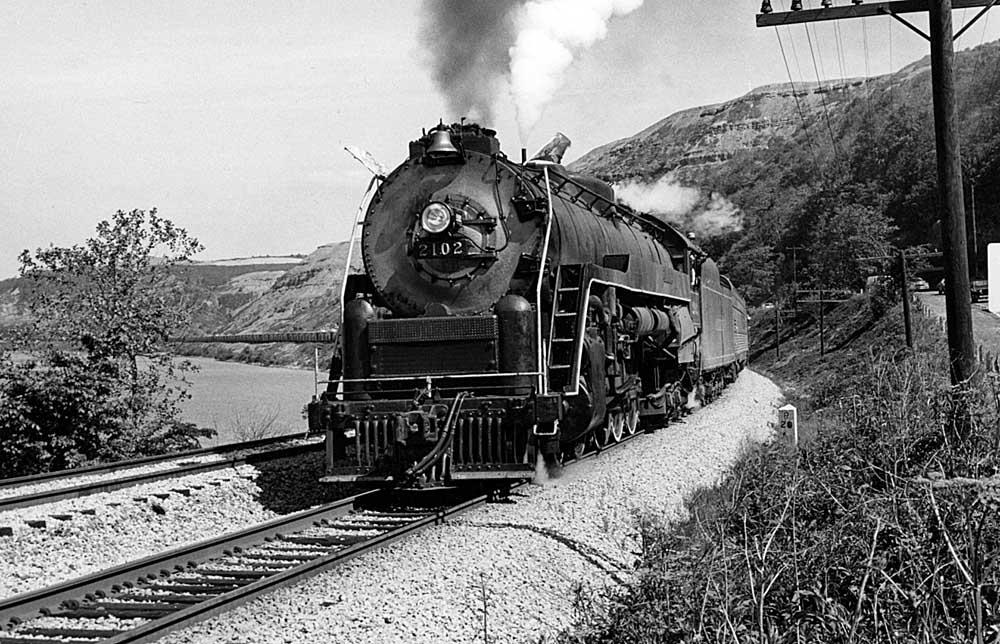
Of all the mainline steam locomotives running these days — and there is an uncanny amount of them — I can’t think of one with as many distinct transitions as Reading 4-8-4 No. 2102. By my count, she’s a cat with at least five lives, with four more to go, if you believe that sort […]
Read More…
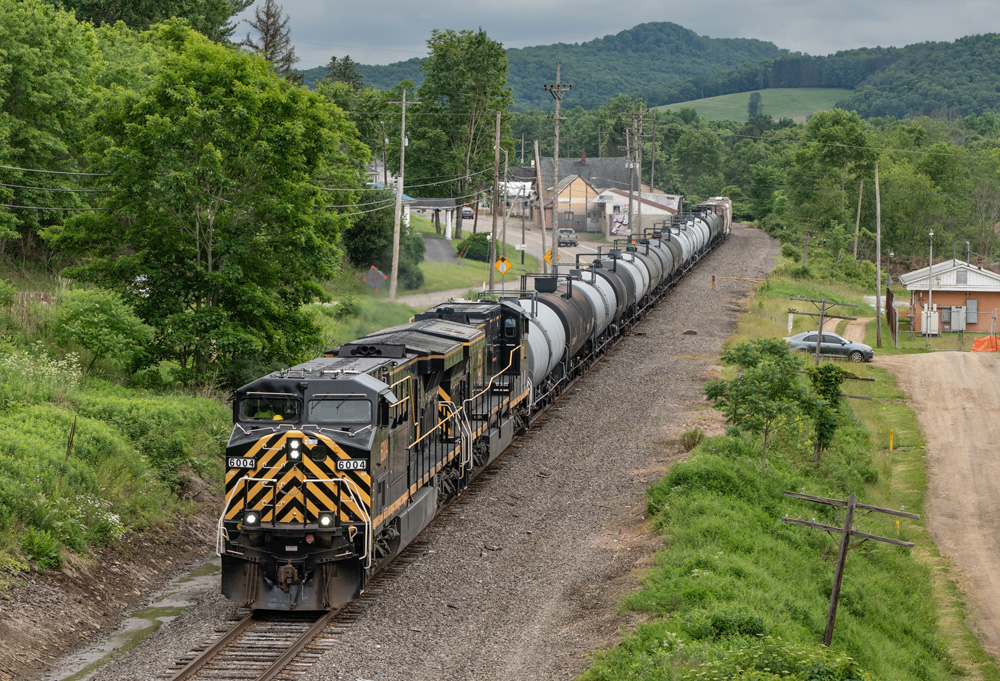
General Electric AC6000CW The modern horsepower race between builders culminated in the 1990s with both General Electric and EMD producing six-axle locomotives with 6,000-hp prime movers. Unfortunately, the concept never caught on, with only two domestic railroads, Union Pacific and CSX, purchasing General Electric’s design. In the race to get the locomotives on the road, […]
Read More…
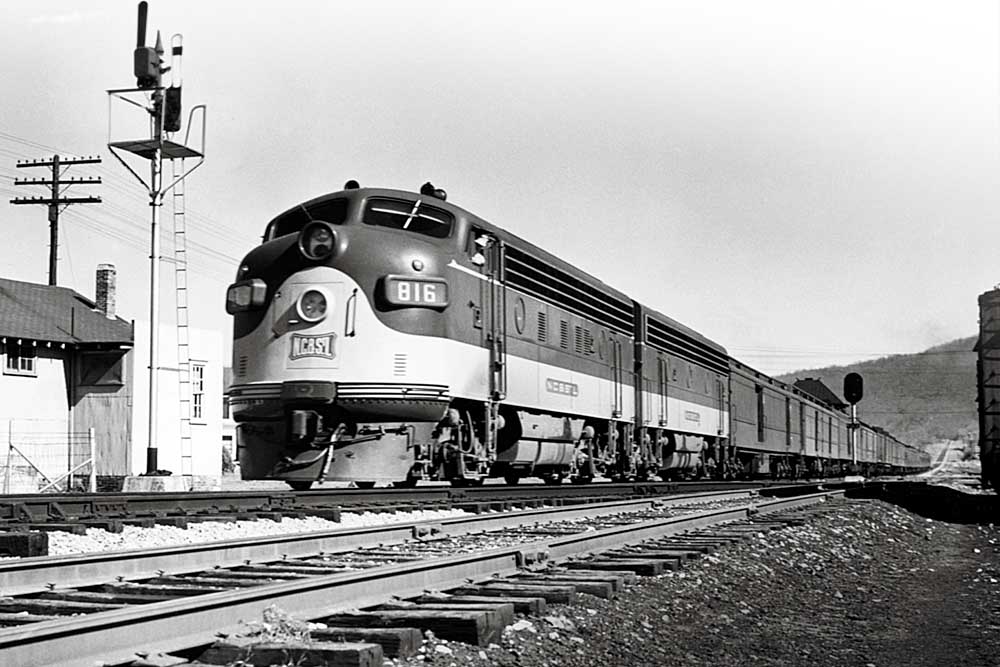
NC&StL locomotives were distinctive but disappeared all too soon. The Nashville, Chattanooga & St. Louis Railway had its share of unique items and was a pioneer. Historian Dain L. Schult says the “NC,” as it was known, was the only southern road to try a Camelback and a duplex; neither type worked out. It […]
Read More…
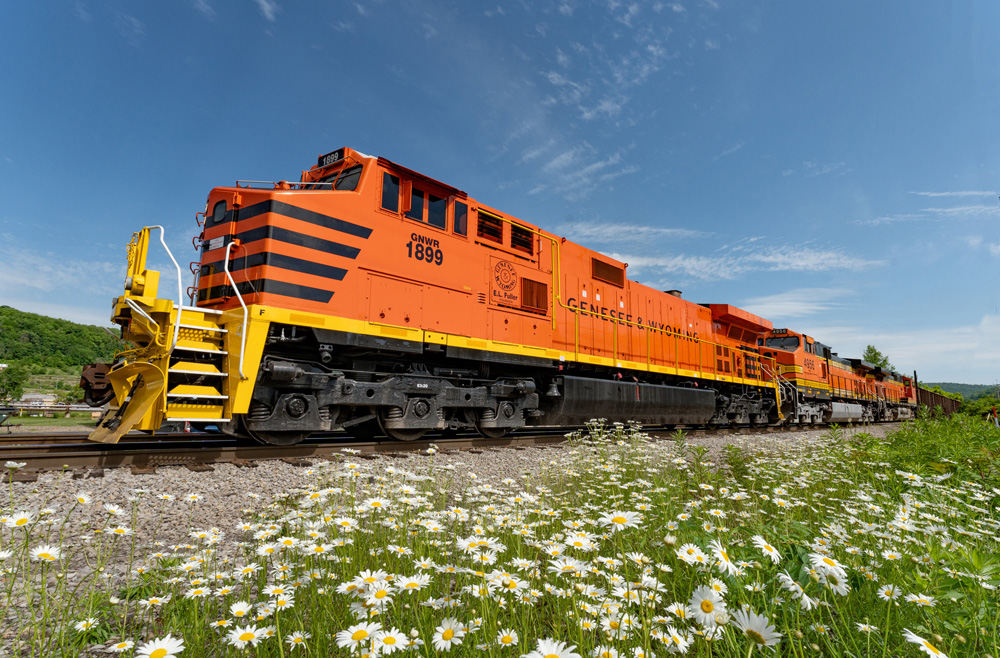
General Electric locomotives One year after Genesee & Wyoming’s June 2023 announcement it was buying second-hand General Electric power from Wabtec to bolster its fleet, the rollout of these locomotives on many of its properties is well underway. The comfort cab-equipped locomotives are part of a vast rearrangement of power on many Genesee & Wyoming […]
Read More…
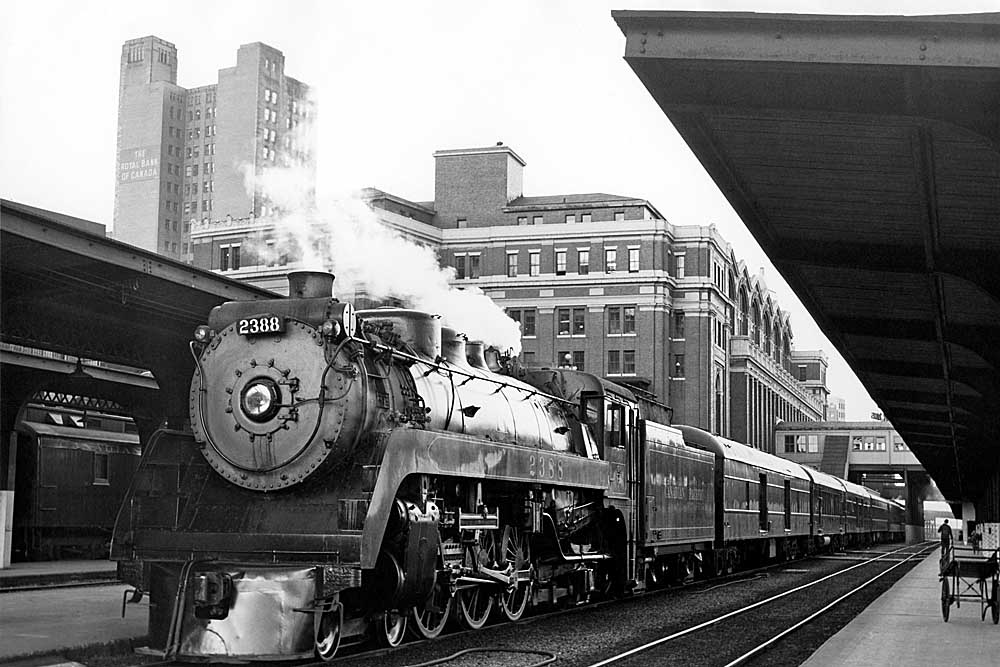
Prior to the Hudsons, Mountains, and Northerns, the 4-6-2 Pacific-type was celebrated as THE passenger locomotive at the turn of the 20th century. Outperformed in later years by their bigger, faster, and stronger successors, the smaller racehorses continued to hold their own until the end of steam along North America’s railroads. Though, it can be […]
Read More…
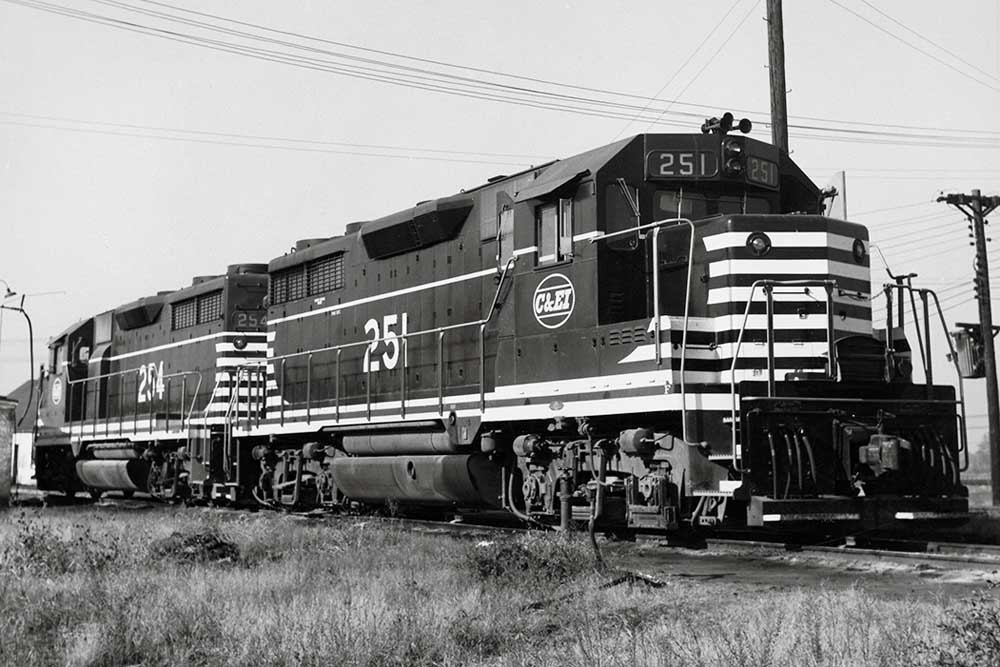
Chicago & Eastern Illinois locomotives served the road well through many decades of operation. C&EI was a coal-hauling railroad and, other than some early switchers, stuck with steam through World War II. Three E7s and a bunch of F3s made quick work of dieselizing the line from 1946 onward, with the last steam […]
Read More…
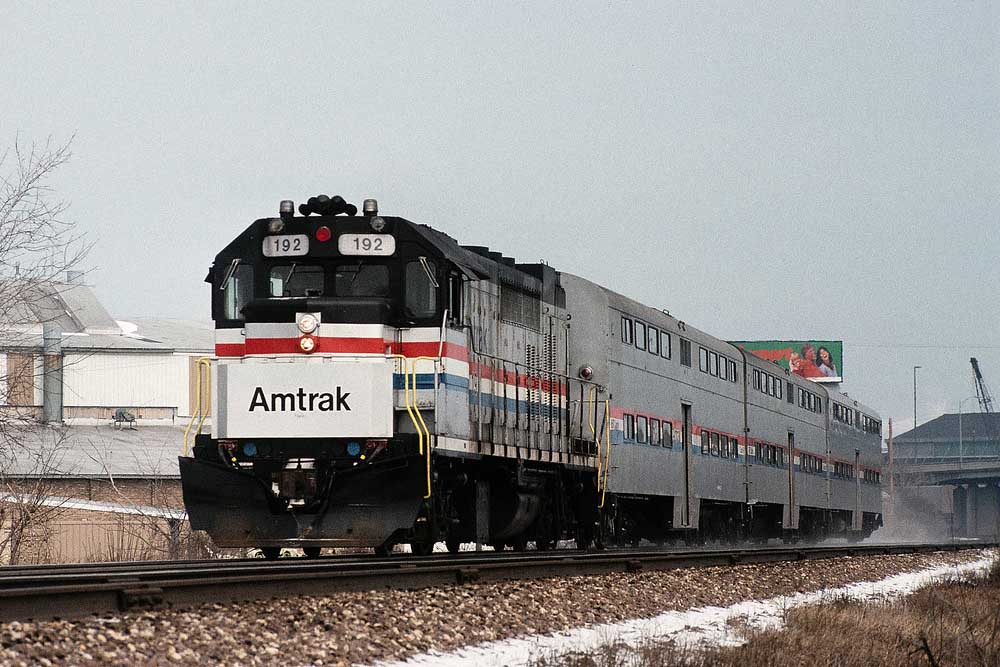
Amtrak GP40 diesel locomotives came in two flavors: eight former GO Transit GP40TCs acquired in October 1988 and 15 straight GP40s leased between May 1991 and June 1993. The 3,000 hp GP40 is a standard bearer of freight motive power in the second half of the 20th century. Introduced by EMD in 1968, the model […]
Read More…
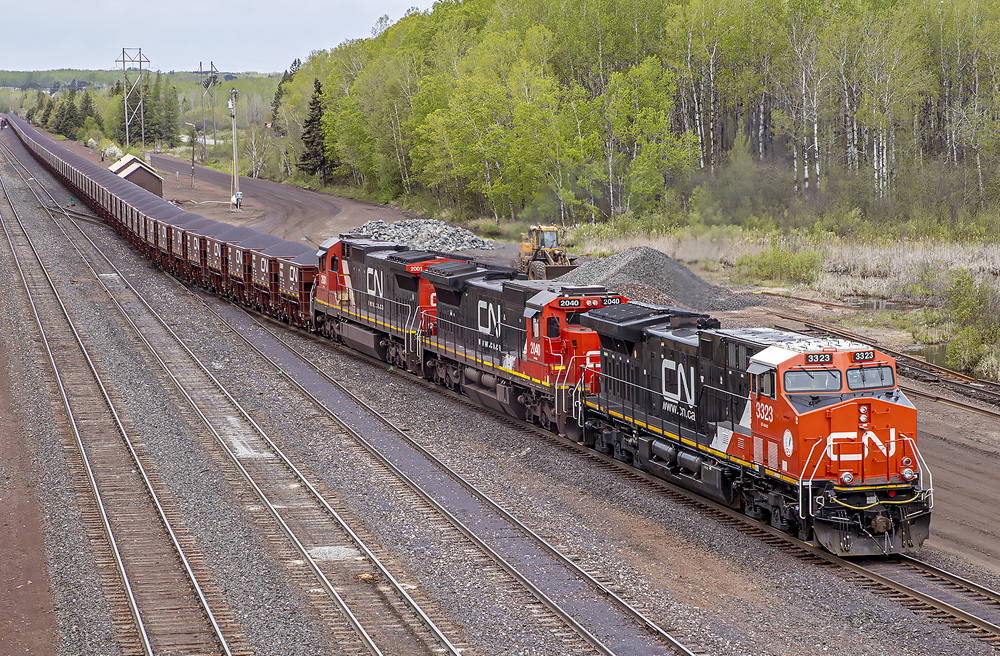
DC-to-AC rebuild During the middle of May, Canadian National tested its first modified DC-to-AC rebuild on an ore train in northern Minnesota. This is the first step to replacing a fleet of older General Electric locomotives that were built over three decades ago and currently handle the majority of the region’s ore. Canadian National’s Minnesota […]
Read More…
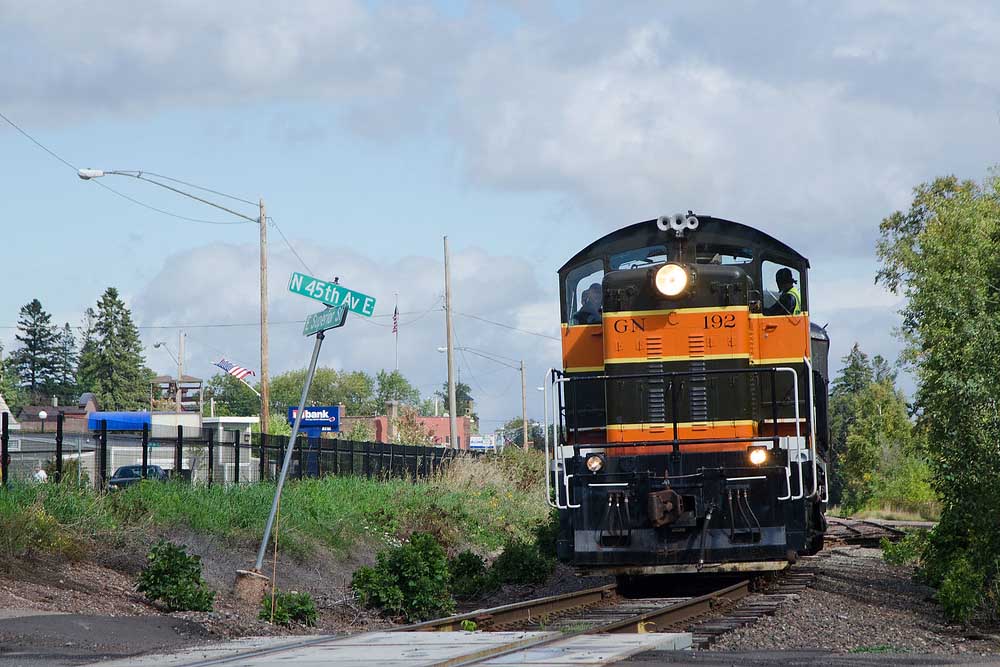
Although some units proved long-lived, the EMD NW5 sold just 13 copies. Although the pre-World War II EMD NW3 was not a stellar seller, after cessation of hostilities in 1945, the builder was keen on revisiting the idea in order to mine the light switcher market dominated by the Alco RS1 and Baldwin […]
Read More…
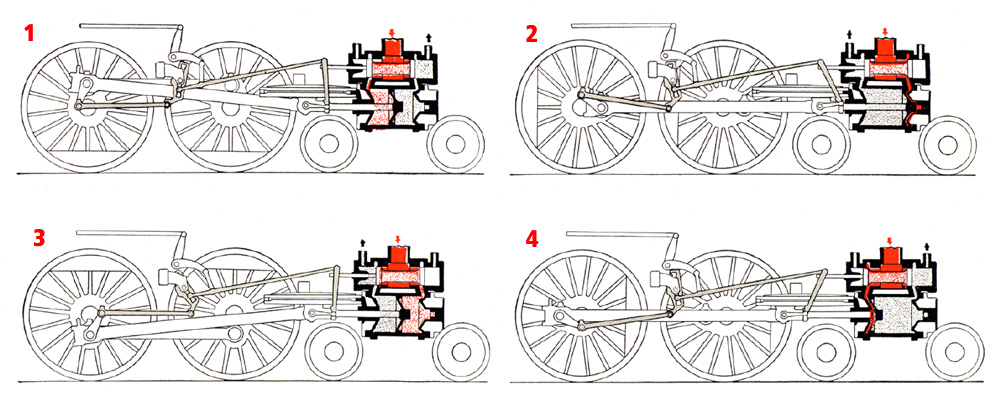
Q: What causes a steam locomotive chuff sound? — Tom Huckaby A: Whether you call it a chuff (the railroader’s term), puff, or chugga-chugga, that distinctive sound is made by spent steam and exhaust smoke escaping through the smokestack of a steam locomotive. For a more detailed explanation of what’s going on in a steam […]
Read More…












